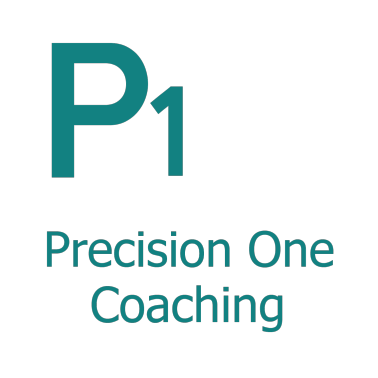If you’re training at Precision One Health and Fitness, Stoke-on-Trent as a member, or working with our personal trainers (or considering them); combining resistance training, strength work, and Reformer Pilates can help sculpt your chest and shoulder muscles effectively and sustainably.
Why Focus on Chest & Shoulders?
Your chest (pecs) and shoulders (deltoids) are highly visual, functional, and critical for pushing strength. Strong pecs and delts help with:
- Pushing movements (bench, press, pushing stuff overhead)
- Stabilising the shoulder girdle (reducing injury risk)
- Improving posture (opening the chest vs slouching forward)
- Adding to your upper-body aesthetics
Anatomy & Training Principles
Key Muscles to Target
- Pectoralis Major & Minor – the main chest muscles. The pec major has a clavicular (upper pec) head and sternocostal (middle/lower) head.
- Deltoids – especially the anterior (front) and lateral (side) delts when pressing, plus the posterior (rear) delts in complementary work.
- Supporting muscles – rotator cuff, triceps, serratus anterior, scapular stabilisers.
Training Principles for Hypertrophy
- Progressive overload: gradually increase load, reps, or time under tension.
- Volume & frequency: aim for 6–12 sets per muscle group per week, spread over 2 sessions.
- Variety of angles & modalities: flat, incline, cables, dumbbells, machines.
- Proper recovery & nutrition: muscles grow outside the gym, with enough sleep and protein.
- Mind–muscle connection: focus on contracting the target muscles during each rep.
Exercises to include to support Chest and Shoulder muscular hypertrophy:
Our Head of Personal Training, Harry, has created some videos to give you some guidance with some chest and shoulder exercises:
Chest: https://www.youtube.com/playlist?list=PLojJd6wi7BK0lQ_04QJECpTJEka88vsWL
Shoulders: https://www.youtube.com/playlist?list=PLojJd6wi7BK3P6ZZuLfahUf6FPLuI-Nht
Workout order tip: Start with heavier, multi-joint pressing lifts while fresh, then move to isolation and deltoid work.
Rest periods: Compound lifts: 1.5–2 min and Isolation exercises: 60–90 sec
Progression tip: Once you can hit the top rep range with good form throughout, increase load by 2.5–5 % next session.
Reformer Pilates Integration

Reformer Pilates can complement strength and resistance training, especially for shoulder stability, posture, and supplementary upper-body strength.
How Reformer Pilates Helps
- The springs and cables provide adjustable resistance for concentric and eccentric control.
- It encourages full-body control, core engagement, and scapular stability — which supports safer pressing in the gym.
- Reformer movements can target chest expansion and upper body strength.
- You might program 1–2 Reformer sessions per week (especially on “active recovery” or lighter days) to complement heavy resistance work.
See our website to learn more about our Purpose Built Reformer Pilates Studio, here at P1, and find a class to join in!
Key Reminders & Tips for Members
- Track & Progress: log your weights, sets, reps. Aim to gradually improve.
- Recovery is essential: sleep, nutrition (sufficient protein), rest days.
- Don’t neglect supporting muscles: rear delts, rotator cuff, scapular stabilisers.
- Consistency matters: you may see incremental gains over months.
- Use technique over ego: lifting drastically beyond your capacity leads to injury.
- Listen to your body: if shoulders feel sore or irritated, reduce load or volume and revisit form.



